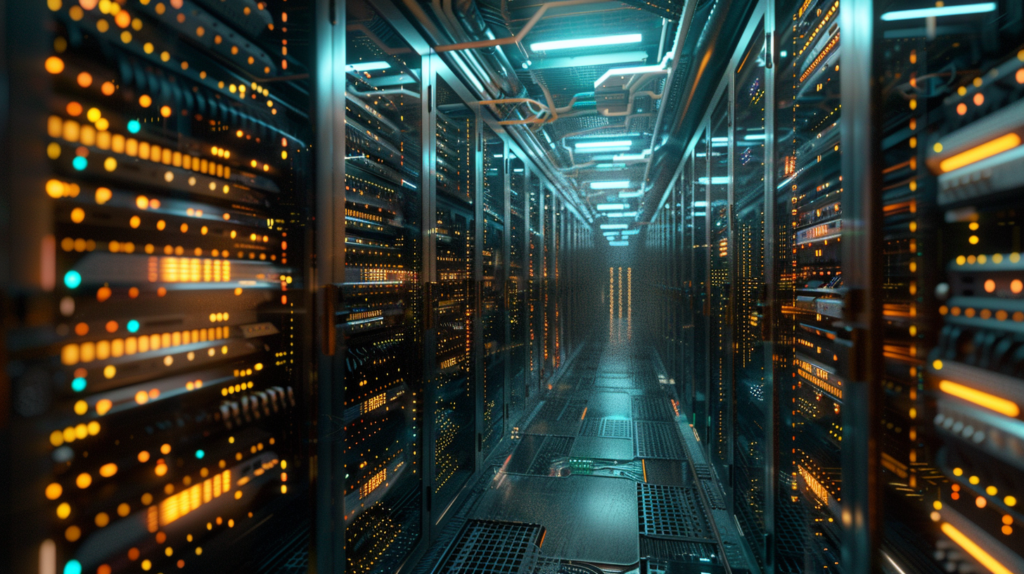In the dynamic world of graphic and web design, staying ahead of trends and maintaining efficiency is crucial.
One of the most transformative advancements in recent years is the use of Artificial Intelligence (AI) in generating photos.
AI technology not only streamlines the design process but also enhances creativity and productivity.
Let’s explore how AI photo generative models are revolutionizing graphic and web design and why you should consider incorporating them into your workflow.
The Power of AI Photo Generative Models

AI algorithms, particularly those based on deep learning and neural networks, have the ability to analyze vast amounts of visual data and generate high-quality images.
These models, such as Generative Adversarial Networks (GANs), can create realistic photos from scratch or enhance existing images with incredible detail and accuracy.
Here’s how AI photo generative models can benefit you in graphic and web design:
1. Speed and Efficiency
Creating high-quality images from scratch can be time-consuming. AI photo generative models can produce stunning visuals in a fraction of the time it would take manually.
This speed allows designers to focus on other critical aspects of their projects, improving overall efficiency.
2. Endless Creativity
AI models can generate a wide variety of images, providing designers with an endless source of inspiration.
Whether you need unique backgrounds, textures, or even complete scenes, AI can create diverse options that spark creativity and innovation.
3. Cost-Effective Solutions
Hiring photographers or purchasing stock photos can be expensive. AI-generated photos offer a cost-effective alternative without compromising on quality.
This is especially beneficial for small businesses and startups with limited budgets.
4. Customization and Personalization
AI can generate photos tailored to specific needs and preferences. By inputting certain parameters, designers can create images that perfectly match their project’s style and requirements.
This level of customization enhances the uniqueness and appeal of your designs.
5. Consistency and Quality
AI models can maintain a high level of consistency and quality across multiple images.
This is particularly useful for branding and marketing materials, where uniformity is key. AI ensures that every photo aligns with your brand’s visual identity.
Why You Should Use AI Photo Generative Models
Incorporating AI photo generative models into your graphic and web design workflow offers several compelling advantages:
- Innovation: Stay ahead of the competition by leveraging cutting-edge technology to create unique and captivating visuals.
- Productivity: Save time and effort by automating the photo generation process, allowing you to focus on creativity and strategic tasks.
- Flexibility: Quickly adapt to changing design trends and client demands with AI-generated images that can be easily modified and updated.
- Scalability: Whether you’re working on a small project or a large-scale campaign, AI can scale to meet your needs, providing high-quality images at any volume.
How AI Photo Generative Models Work

AI photo generative models rely on complex algorithms and vast amounts of data to create realistic images. Here’s a simplified explanation of the process:
1. Training the Model
AI models are trained using large datasets containing millions of images. These datasets include a wide variety of photos with different subjects, styles, and compositions. During training, the model learns to recognize patterns, textures, and structures in the images.
2. Deep Learning and Neural Networks
The core of AI photo generation is deep learning, a subset of machine learning that uses neural networks. These neural networks consist of layers of interconnected nodes (neurons) that process and analyze data. The model adjusts the connections between neurons (parameters) to minimize errors and improve accuracy.
3. Generative Adversarial Networks (GANs)
One of the most popular approaches for photo generation is the use of Generative Adversarial Networks (GANs). GANs consist of two neural networks: the generator and the discriminator. The generator creates images, while the discriminator evaluates their authenticity. The two networks work together, constantly improving until the generated images are indistinguishable from real photos.
4. Thousands of Parameters
AI models can have millions of parameters that influence how they generate images. These parameters are fine-tuned during the training process, allowing the model to produce highly detailed and realistic images. The more parameters a model has, the more sophisticated and accurate its output will be.
5. Image Generation
Once trained, the model can generate new images based on input parameters. Designers can specify certain features, such as color schemes, styles, or specific objects, and the model will create images that match these criteria. This flexibility allows for the creation of customized visuals tailored to specific design needs.
Conclusion
AI photo generative models are transforming the graphic and web design landscape. By embracing this technology, designers can enhance their creativity, improve efficiency, and produce high-quality visuals that captivate and engage audiences.
As AI continues to evolve, its potential in design will only grow, making it an invaluable tool for professionals in the industry.
Don’t miss out on the opportunities AI photo generative models offer – start exploring their benefits today.
